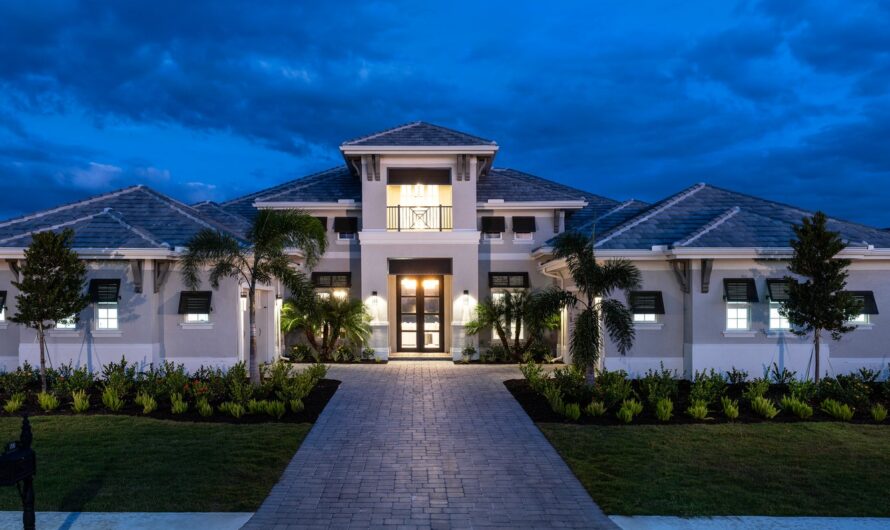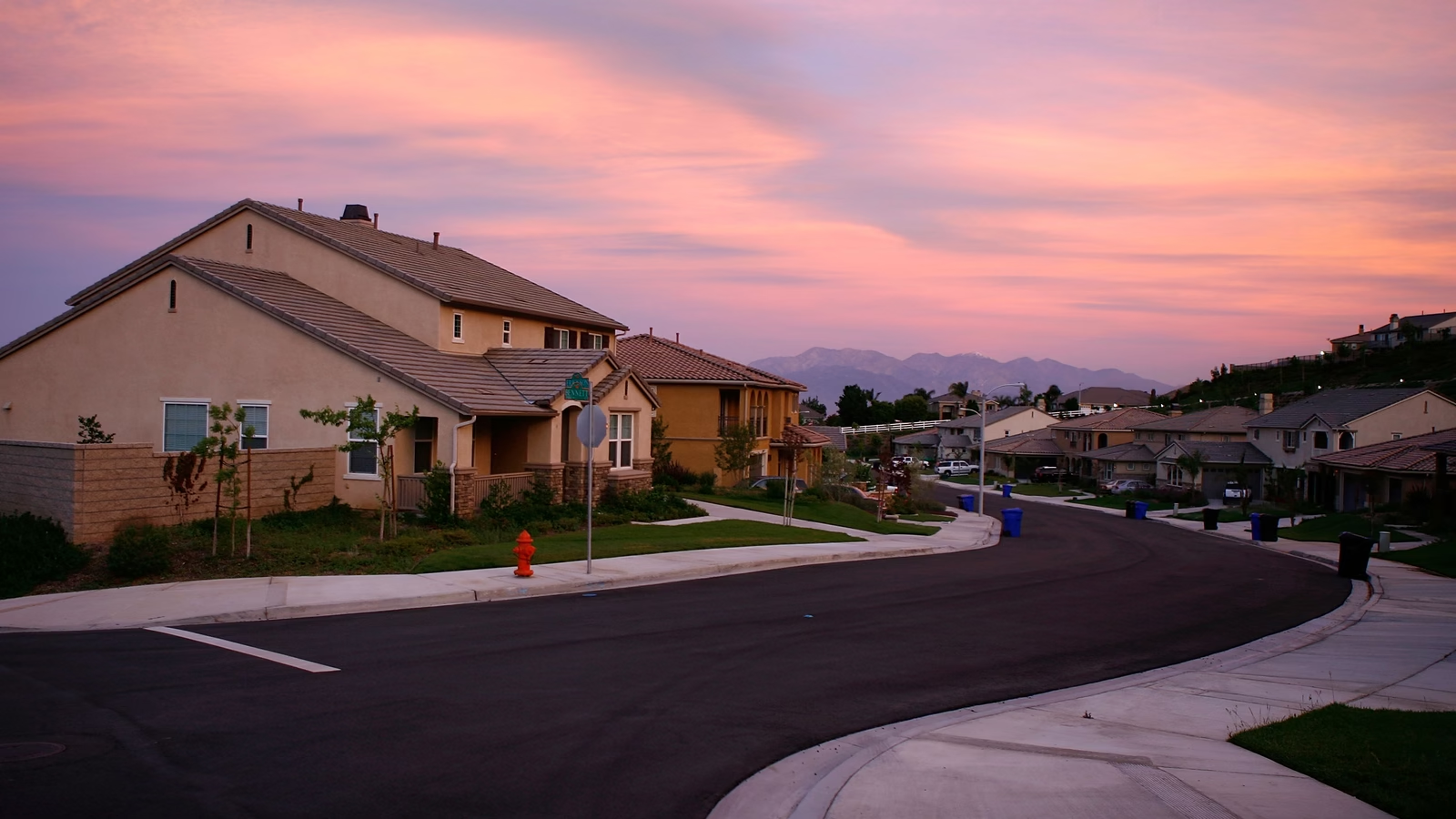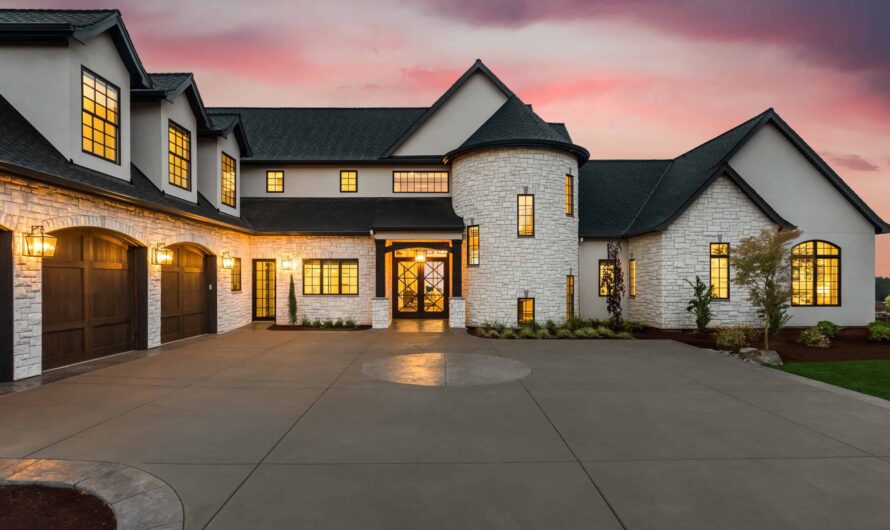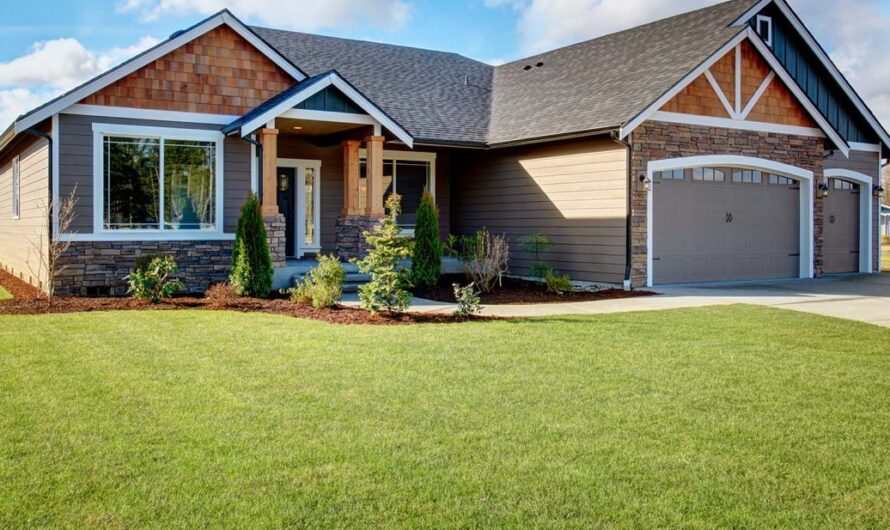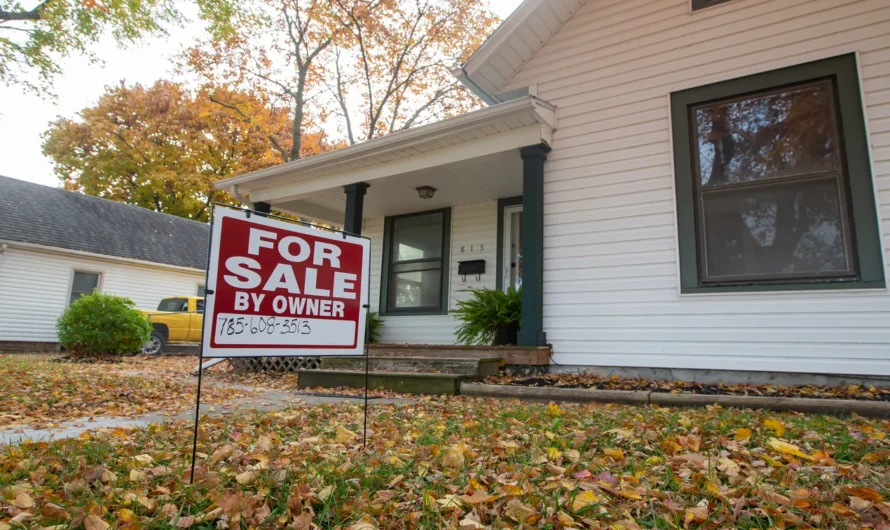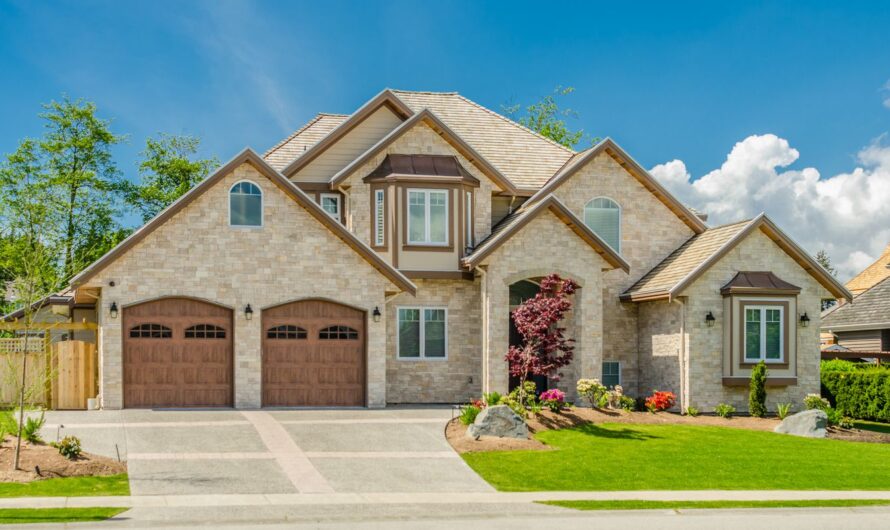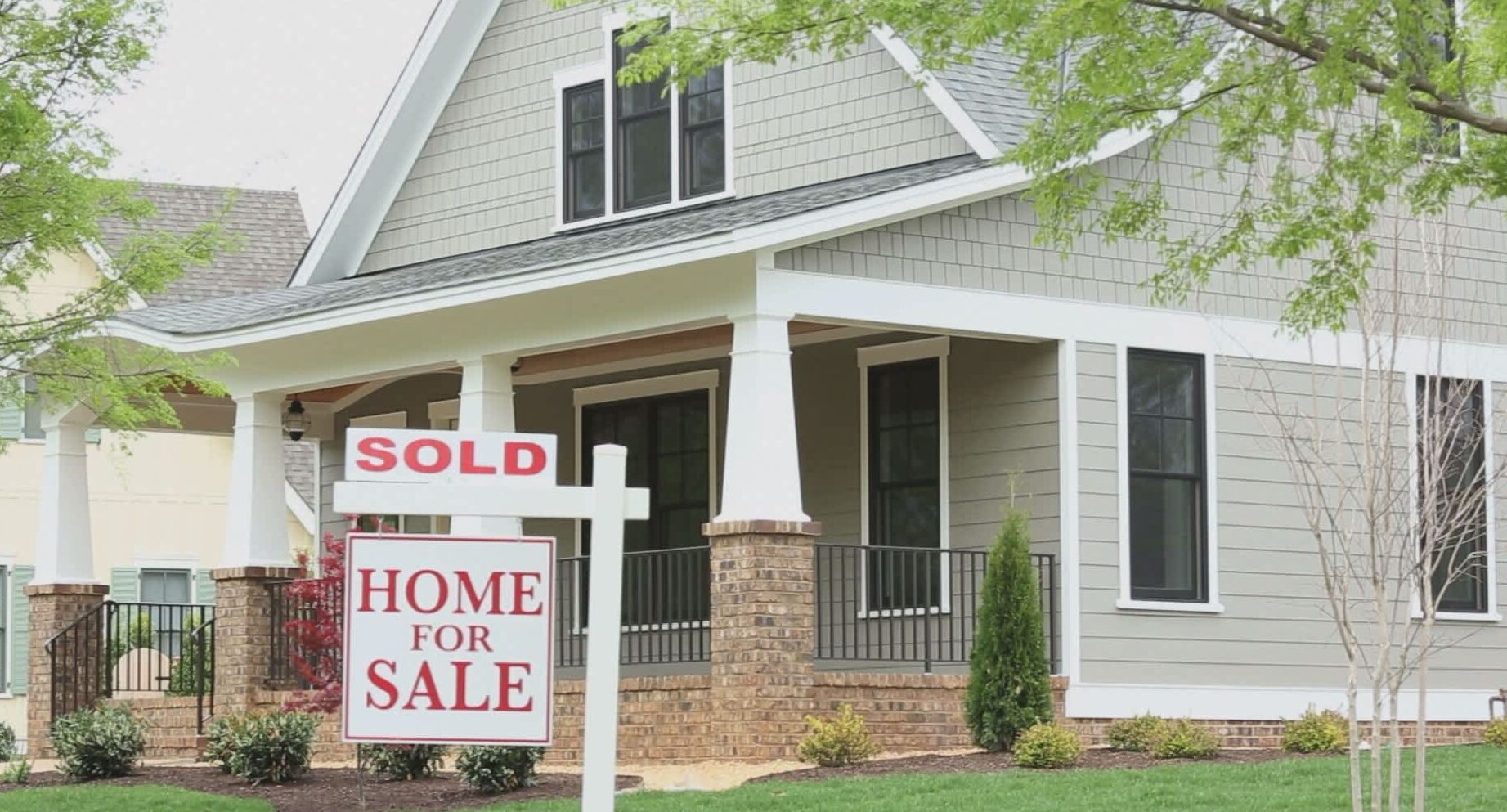How to Find the Perfect Home in the USA: A Complete Guide for Buyers
Finding the perfect home in the USA can be an exciting yet challenging journey. Whether you’re a first-time homebuyer or looking to upgrade, this guide will walk you through the essential steps to make the process smoother and more enjoyable.
1. Determine Your Budget
The first step in finding the perfect home is knowing how much you can afford. Consider your income, savings, and current expenses. Most financial advisors recommend that your mortgage payment should not exceed 28% of your monthly income.
2. Get Pre-Approved for a Mortgage
Before you start house hunting, get pre-approved for a mortgage. This involves a lender reviewing your financial situation and determining how much they’re willing to lend you. Having a pre-approval letter shows sellers that you are a serious buyer.
3. Identify Your Needs and Wants
Make a list of what you need and want in a home. Needs are essential features like the number of bedrooms, bathrooms, and the location. Wants are desirable features such as a big backyard, a modern kitchen, or a swimming pool. Prioritize this list to help narrow down your search.
4. Choose the Right Location
Location is one of the most important factors when buying a home. Consider the proximity to work, schools, shopping centers, and other amenities. Research the neighborhood to ensure it’s safe and meets your lifestyle needs.
5. Hire a Real Estate Agent
A real estate agent can be a valuable asset in your home search. They have access to listings, market knowledge, and negotiation skills that can help you get the best deal. Make sure to choose an agent with a good reputation and experience in the area you’re interested in.
6. Start House Hunting
With your agent’s help, start visiting homes that meet your criteria. Take notes and photos to remember each property. Pay attention to details like the condition of the roof, the plumbing, and the overall maintenance of the home.
7. Make an Offer
Once you find the perfect home, work with your agent to make a competitive offer. The offer should include the price you’re willing to pay, any contingencies (such as a home inspection), and the proposed closing date. Be prepared for negotiations with the seller.
8. Get a Home Inspection
After your offer is accepted, schedule a home inspection. A professional inspector will check the property for any issues that need to be addressed. If significant problems are found, you can negotiate repairs with the seller or reconsider your purchase.
9. Secure Financing
Work with your lender to finalize your mortgage. This will involve providing additional documentation and ensuring all financial details are in order. Once approved, you will receive a commitment letter from the lender.
10. Close the Deal
The final step is closing the deal. This involves signing all necessary paperwork, paying closing costs, and transferring the property title to your name. After the closing, you will receive the keys to your new home.
Tips for a Smooth Home Buying Experience
- Stay Organized: Keep all documents, emails, and notes in one place.
- Communicate: Stay in regular contact with your agent and lender.
- Be Patient: Finding the perfect home can take time, so don’t rush the process.
- Inspect Thoroughly: Never skip the home inspection, even if the house seems perfect.
